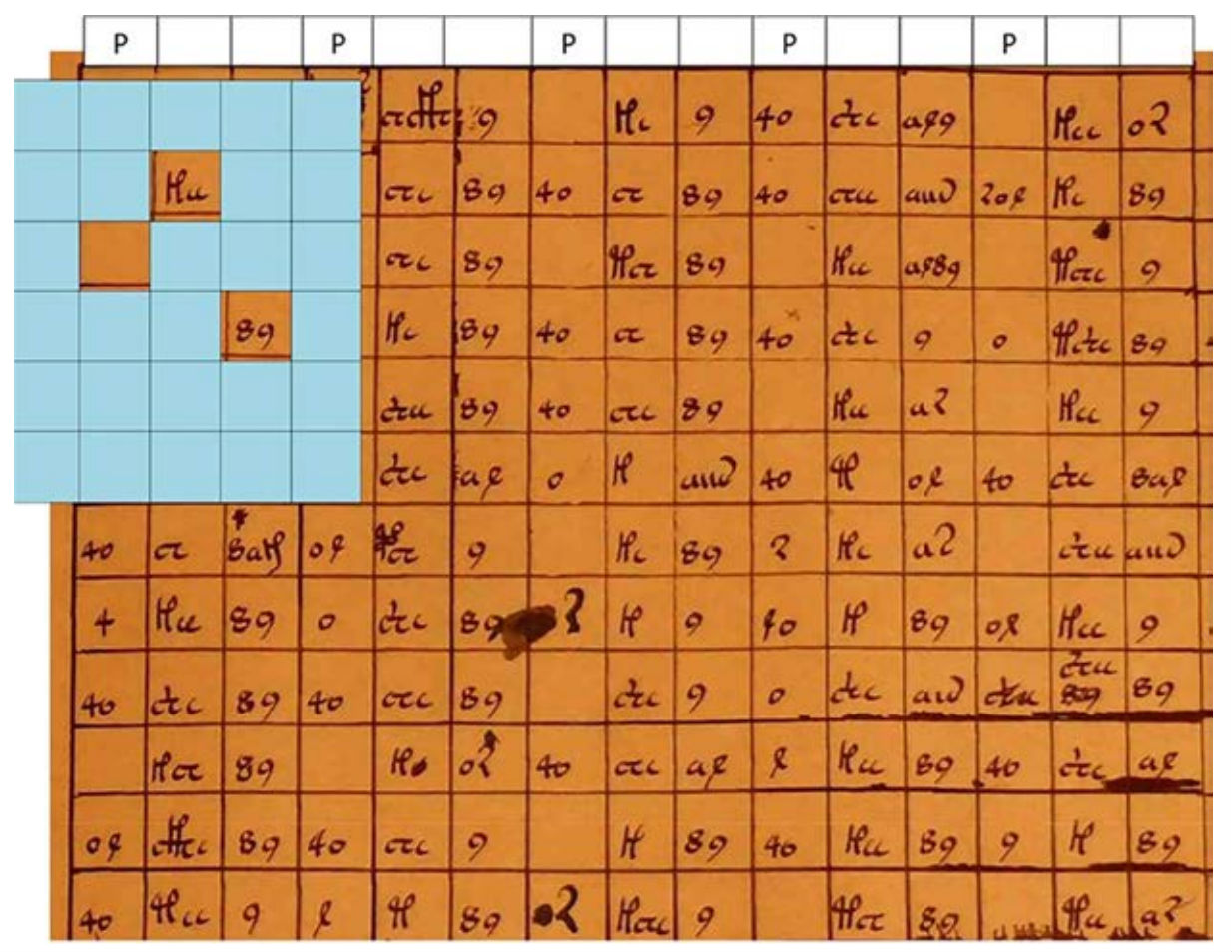
If you roll dice that are subtly loaded, they would come up with a six more often than you would expect, but not every time.” Debate rages What I’m saying is there are ways of producing gibberish which are not random in a statistical sense,” he says. “We have known for years that the syllables are not random.

Rugg says this result shows that just because the Voynich text looks a lot like a language doesn’t mean it is one.
#Voynich manuscript hoax series#
Now, he has used this method to generate a series of gibberish words that follow Zipf’s law, producing a similar word-frequency distribution to real natural-language texts. By moving the card across the grid, Rugg could come up with different combinations of syllables and produce new words. He then overlaid a card with three holes cut out of it on the grid, revealing a set of three syllables in the underlying table. For instance, the distributions of words and syllables follow a linguistic pattern called Zipf’s law.
#Voynich manuscript hoax code#
Advocates for a meaningful code argue that the text shows similarities to texts written in natural languages. Pages of indecipherable text are accompanied by illustrations of exotic unidentified plants, naked nymphs and plant-based pharmaceuticals, astrological diagrams, and other material that no one has been able to identify.Īcademics continue to hotly debate whether the manuscript is an elaborate hoax designed to fool 15th-century book collectors, or a detailed secret code that remains unbroken. It contains hundreds of pages of fine calfskin parchment, which scientists have dated to the first half of the 15th century. The manuscript has baffled cryptographers since book dealer Wilfrid Voynich found it in an Italian monastery in 1912. The finding suggests that the famous Voynich manuscript may be an elaborate hoax, not a secret language to be decoded.

A simple cryptography method can produce the unusual language-like features of a mysterious manuscript from the Middle Ages.


 0 kommentar(er)
0 kommentar(er)
